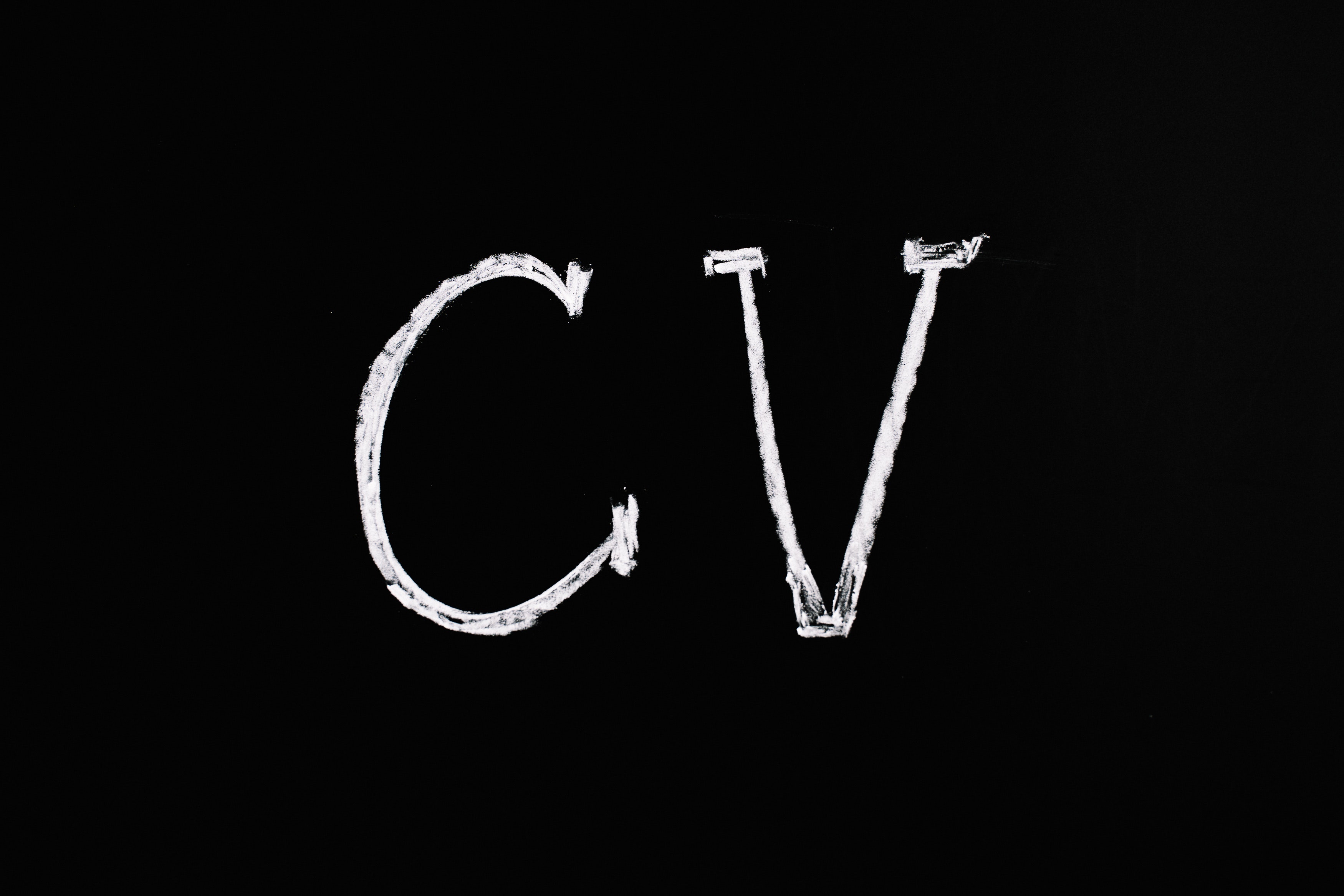
A well-written CV provides potential employers with highlights of an applicant’s education, training, and professional experience and therefore, is a crucial part of any job application. If crafted well, it can prove invaluable as it can make a job application stronger in several ways. Importantly, it allows employers to assess, select and set apart applicants who meet the qualifications required for the assignment.
How is an academic CV is different from industry CVs
While a CV can be structured in various ways, there are clear differences between an academic resume and those that are used in the corporate world. Academic resumes usually contain more precise information about published work, grants received, and funding sources. Depending on your unique experience and accomplishments, an academic CV for a PhD can be two to six pages long, which is usually much longer than the length of corporate CVs.
How to make an academic CV: Important sections that are a must-have
Knowing how to write an academic resume that highlights your unique experiences as a research scholar and the contributions you have made to your area of work is important if you want to attract the employer’s attention. The following article provides some practical tips on how to make an academic resume that is compelling and customized for academic positions.
Personal profile: Usually placed in the first part of an academic CV, this section must include your name, current title and contact information. Avoid using email addresses that seem unprofessional such as those with nicknames. Always use a professional email for communication. It is also a good idea to include a link to your website or social media handles. You may also choose to include a short summary of your professional and academic interests and expertise to give employers a better sense of who you are.
Educational background: This section typically lists your academic qualifications, starting with your most recently obtained academic degree. You must include all the relevant degrees and certificates that you have earned, the institution you studied at, and the year you completed the course.
Academic and research experience: Perhaps the most critical part in the CV format for research scholars, this section contains a succinct summary of your career experience, including research projects, note-worthy findings, collaborations, key achievements, and awards received. Do include your teaching experience and mention courses and levels taught, and any teaching evaluations received. It is also important to add details of any professional service that you may have provided including manuscript and peer reviews, serving on editorial boards, participating in special events and consulting with allied industries.
Publications: Use this section of your academic CV to share a list of your published books, chapters, articles, and conference papers in addition to your coursework and details of your thesis. Remember to include the publication title, the name of the journal name, volume, issue, page numbers, and date of publication. If there are a considerable number of publications, it may be a good idea to make an exhaustive list of all of them in an appendix.
Funding: Provide details of all the funding, grants and scholarships awarded to you over the course of your career starting with the most recent. Include the name of the funding body, project title, amount awarded, and the duration of the funding.
Other skills and qualifications: Use this section to share details of associated skills and qualifications that could be relevant to the assignment being considered. This would include specific technical skills, additional languages known, professional affiliations and any voluntary work.
Tips to keep in mind when making your academic CV
Academic resumes must be meticulously constructed, well-organized, and simple to read. Keep the following formatting tips in mind when you begin writing your CV:
- Use simple, legible fonts, preferably Sans Serif in size 11 or 12, with regular sized margins. Do not use more than two font types and avoid using fancy decorative fonts.
- Create bullet points to organize important items and present credentials systematically. Use bold and italics strategically to highlight important points.
- Ensure consistency in the style of headings and sub-headings used and try and keep it simple.
- It may be a good idea to use hyperlinks to your papers, pre-prints, and other key documents to make it easy for readers to look at your work.
- Be extremely careful with the use of language and ensure that your spelling and grammar are perfect. Re-read your CV and proof-read it carefully to eliminate mistakes and inaccuracies.
- Keep the CV concise and do not include information that may be irrelevant.
- Use enough white space to make the CV easy to scan and read.
Finally, when crafting an academic resume try and highlight your skills, experiences, and achievements as far as possible. Remember that it is essential to tailor your CV to the specific position being applied for. With these tips and tricks, you will surely increase your chances of being considered for the role you are looking for.


